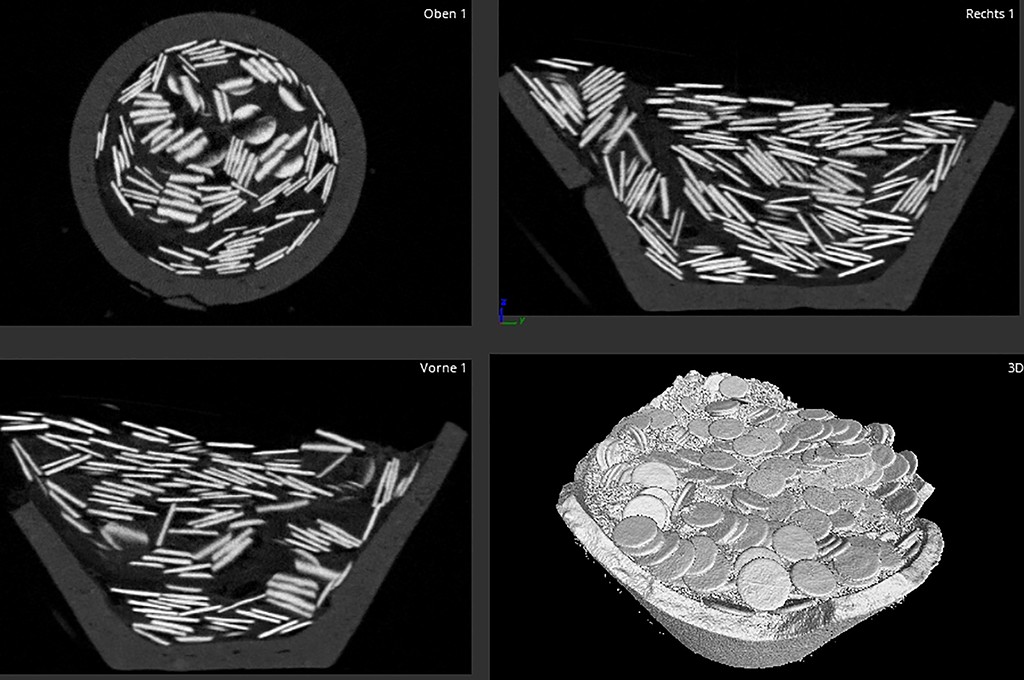Amateur archaeologist Daniel Ludin discovered a cache of fragments of pottery and coins dating back to around 330 AD near the 13th-century Wildenstein Castle in Switzerland with a metal detector.
He sought help from specialists who carefully dug up the pot and performed a CT scan of its contents.
In total, the pot contained 1290 coins from the reign of Emperor Constantine the Great.
The coins are composed of a copper alloy with very little silver. The value of all the coins probably corresponded to about two months’ wages of a soldier at the time, writes archaeologie.bl.ch.
Quiet phase in a stormy time
The coins consist of a copper alloy with a very small amount of silver. As a result, it is a large amount of small change with modest purchasing power. The value of all the coins is likely to have corresponded to a gold solidus weighing 4.5 g, which is equivalent to around two months’ earnings for a soldier at the time. All of the 1,290 coins were minted during the reign of Emperor Constantine the Great (306-337 AD). The youngest specimens date from the years 332-335 AD. The late Roman period (3rd and 4th centuries) has numerous “treasure trove horizons”: In troubled times – triggered by civil wars, incursions by neighboring ethnic groups or economic crises – many people buried their valuables in the ground to protect them from unauthorized access. For the time when the pot from Bubendorf was hidden, there are hardly any comparable hoards in the entire Roman Empire. These years are characterized more by their political stability and some economic recovery. On the one hand, this makes the find very special, but on the other hand it poses further mysteries. For what reasons were the coins buried and why weren’t they recovered? In addition to personal, no longer comprehensible motives, the find site could provide clues for an explanation: This is in the border area between three Roman estates. Who knows, maybe the coins were kept here in a kind of border sanctuary or sacrificed to the gods.









